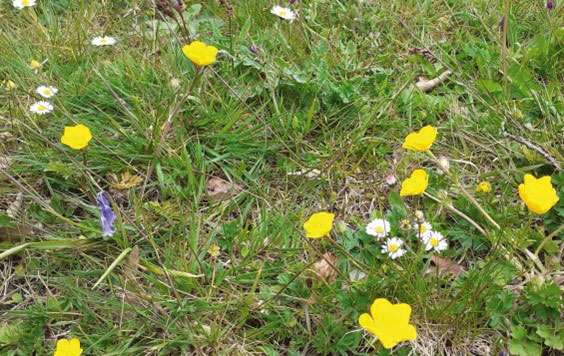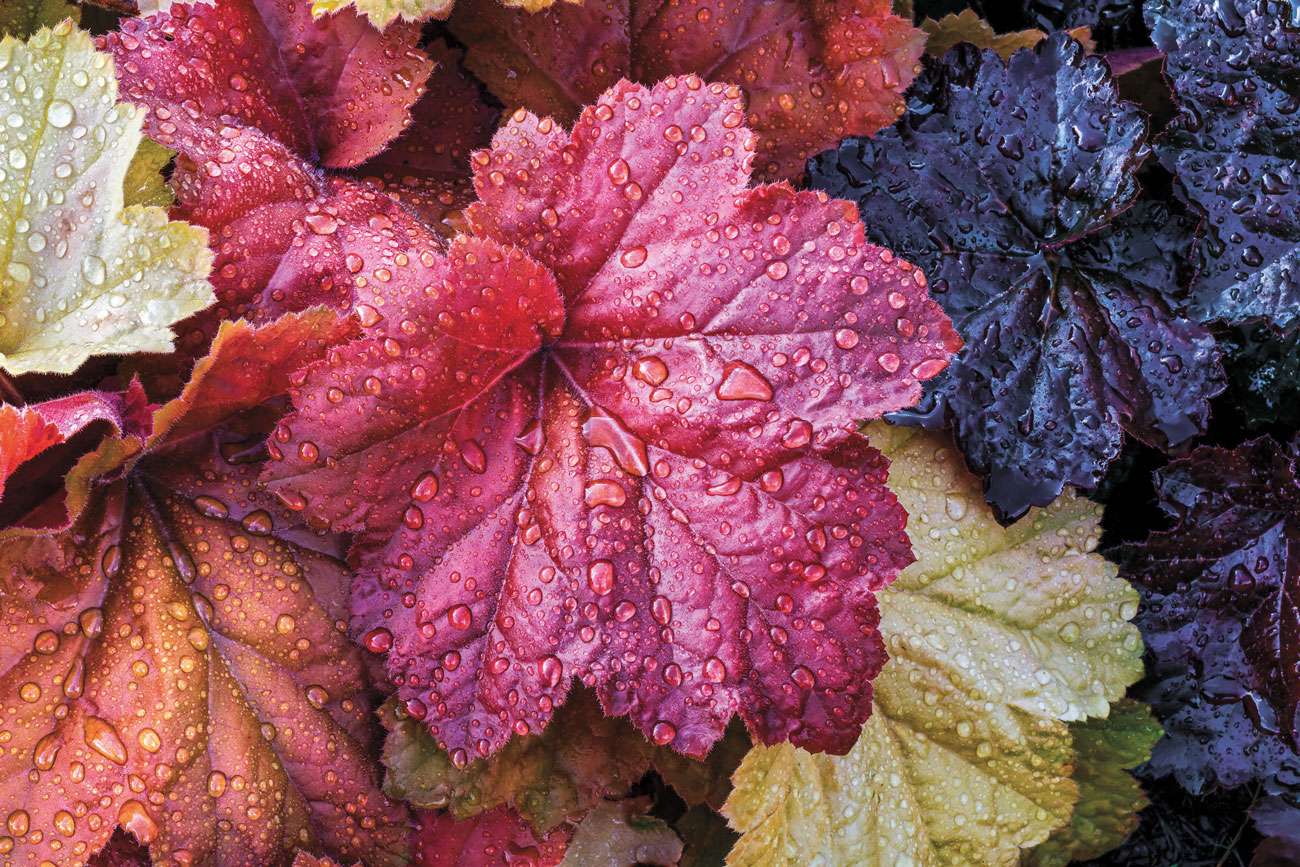
We will all have to get used to the effects of Global Warming with extremely wet winters and dry summers. So, as weather extremes become the new norm, sustainable water use is ever more important. It pays to understand your soil and plants, to use more natural water and to design your garden with water in mind. Most of Cranleigh has clay soils which are wet and cold in winter, slow to drain and warm up in spring but after extended dry periods they also bake dry and crack. However, they are rich in nutrients! Water management is a fundamental thing that we have to get right, as roots grow where there is the right balance of air and water in the soil. So, here are a few tips:
- It is better to use rainwater collected in water butts, or other containers, rather than tap water, as it is free and has a lower pH level, which is better for plant health.
- Inexpensive water butts are sold by most councils.
- Hide your hose away and force yourself to use a watering can instead, which may be more labour intensive but it will discourage overwatering – think of the extra steps as a good workout!
- Take advantage of soil moisture by planting in the autumn, when the soil is warm and wet.
- Reuse tap water by running the tap into a container when waiting for the hot water and collect washing up water in a bucket and then tip it onto the garden outside.
Apparently, last month was known as ‘No Mow May’ in order to encourage gardeners to only mow every fortnight (or not at all for the month!) AND take the blades up one notch, to allow wild flowers such as ajuga, daisies, vetch, buttercups and clover to grow. These not only look very pretty but also contain a huge amount of pollen for pollinating insects. I know that normally aim to create green, manicured lawns but see how pretty this looks!
As it has been so cold in May, the tulips have lasted much longer and as you can see I have planted them further back in the flowerbeds, so they are supported by the colourful foliage and the dying foliage is hidden.
Roses are the star flower in June and there are a huge number of varieties, so there is a rose for every possible spot in the garden. David Austin is a very reliable supplier and they provide excellent advice too. Roses do need a bit of care with regular feeding and spraying to keep them healthy and bug free. Banana skins are rich in potassium and so I sprinkle some cut up skins around the roots – cheap but effective.
There are two old and rather ailing fruit trees in my garden, so instead of cutting them down, I have planted two rambling roses to climb up them. One is the early flowering Rosa Banksiae Lutea, which has delicate, double, lemon yellow flowers and on the other tree, The Lady of the Lake, which is repeat flowering with pale pink flowers. Both of them have been treated to banana skins! Also, roses are grafted onto a sturdy root stock, which often sends up suckers (shoots) from the base of the rose, which need to be removed to ensure all the strength remains in the main plant. If the shoot is cut off using secateurs, part of the bud may be left intact, so it is best to tear the shoot off downwards to stop it regrowing.
As it was so chilly in May, I could not plant out my less hardy salad crops and beans, so they have at last been released from the confines of the greenhouse and I am having great fun trying to squeeze them all into the veggie beds. The beans are climbing up the new shuttlecock structure and I hope to show you the successful enterprise next month. Meanwhile I am delighting in finding lots of self-sown ‘Love in the Mist’, poppies, foxgloves and alchemilla mollis in the flower beds, which are free treats!
Enjoy this month when we can at last relax in our gardens with friends and family!












